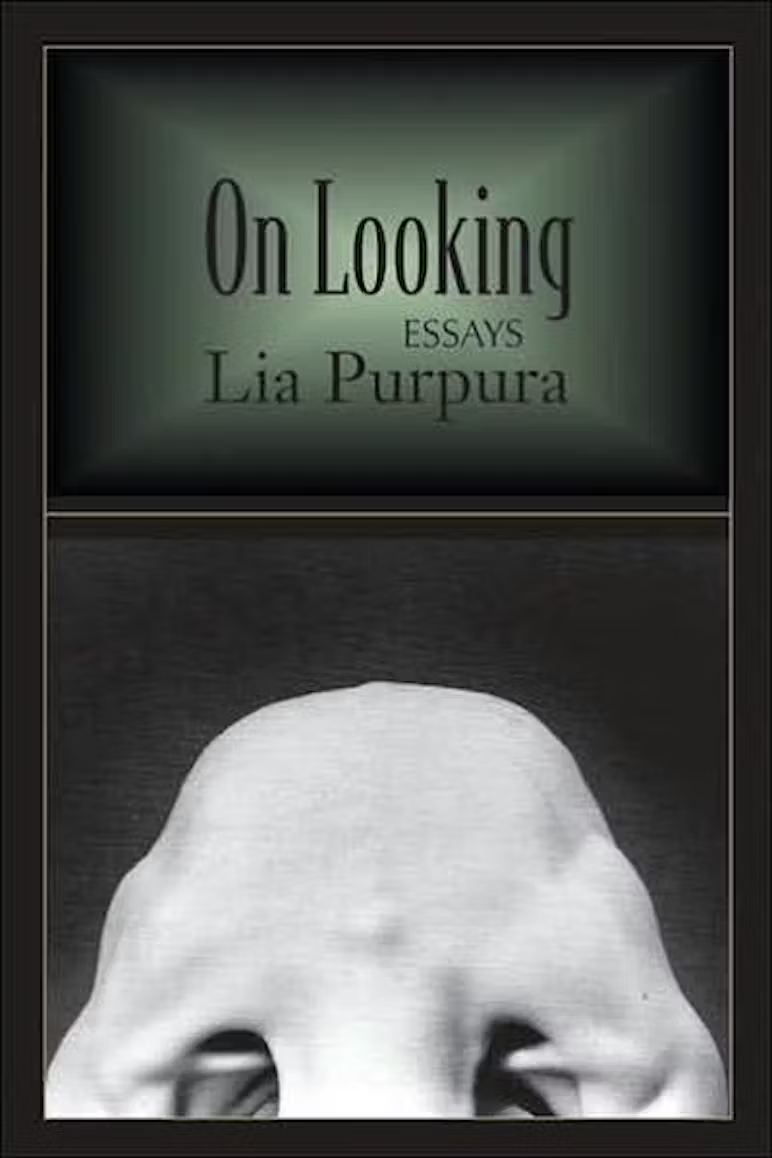(A Book for People Who Can’t Stop Staring at Everything)
Lia Purpura’s On Looking is the kind of book that makes you feel like you’ve been squinting at life your whole way through — and suddenly someone hands you a pair of weirdly poetic glasses. Not rose-tinted. Not cynicism-soaked. Just wildly, uncomfortably clear.
This is not a book of essays so much as a book of side-eyes, double-takes, and prolonged awkward stares at the ordinary things we usually scroll past in real life. Purpura isn’t here to guide you gently through nature or urban life like some benevolent essay auntie. No, she is here to notice things — closely, obsessively — and then dare you to admit you’ve been missing them this whole time.
What’s It About?
On the surface: nothing dramatic. Leaves. Mailboxes. Museum exhibits. A cracked sidewalk. The body in space. The space in bodies. The kind of stuff that’s there whether you’re paying attention or not.
But Purpura’s genius is in how she stays with those things — how she lingers just past the socially acceptable amount of time, until an ordinary moment warps into something strange, slightly menacing, or weirdly ecstatic.
This is a book about looking as a verb — not passive seeing, but active engagement. It’s a reminder that most people move through the world like they’re trying to beat the closing credits. Purpura is here rewinding the scene.
The Vibe
Her language is sharp. Sometimes barbed. She writes like a person who edits her own thoughts mid-thought. There’s a restlessness to her observations, a refusal to let anything stay innocent or untouched. Beauty gets interrogated. The grotesque gets its close-up. She notices what noticing does to you.
In short: this is a terrible book for reading on autopilot. But a perfect book for readers who like to be pulled out of themselves and dropped into the uncomfortable luxury of paying attention.
Favorite Part
Her essay “On Form” is the kind of thing that should be printed out and duct-taped to every creative person’s desk. It’s about how shape gives meaning. How boundaries create tension. And how being alive inside a body is its own kind of form — weird, shifting, full of limits and possibilities. It feels like a thesis statement for the whole book.
Who Should Read This
On Looking is not for people who want a relaxing read about nature’s simple beauty. It’s for people who like their nature writing with a side of existential side-eye.
Fans of Annie Dillard, Maggie Nelson, or Ross Gay’s microscopic joy-hunting will vibe with this. It’s essay writing at its most precise, most interrogative, and most unwilling to let you off the hook.
Final Take
This isn’t a book you underline — it’s a book you argue with. A book that looks back at you while you’re looking at it.
On Looking doesn’t teach you how to see the world differently. It teaches you how to admit that the world was always this strange — you just weren’t really looking.







